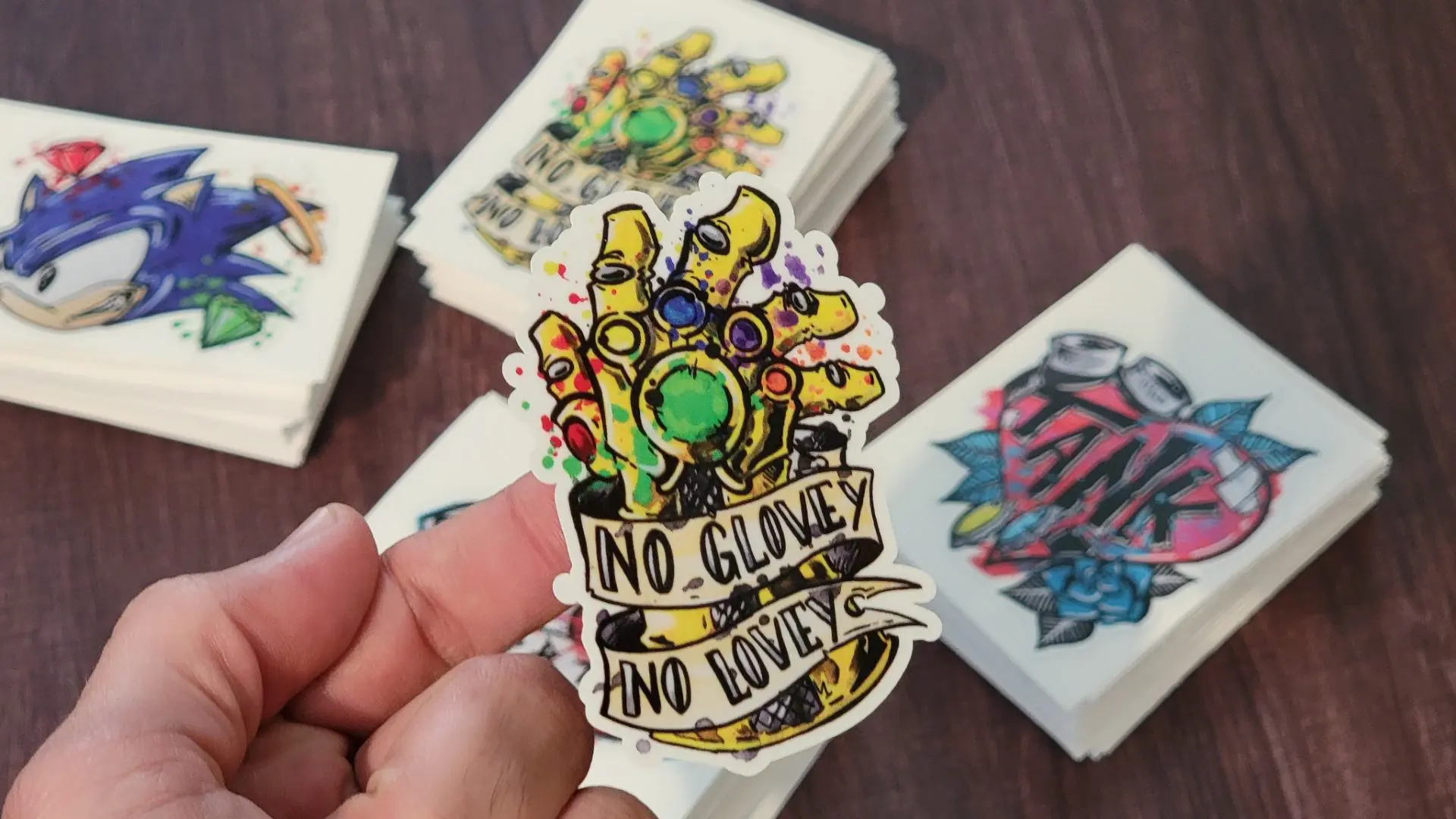Stickers and vinyl are both popular materials used in various applications, such as marketing, decoration, and personalization. Although they may appear similar at first glance, there are significant differences between the two materials in terms of composition, durability, and versatility. In this article, we will explore the differences between stickers and vinyl, and their respective advantages and disadvantages, to help you choose the right material for your needs.
Introduction
Stickers and vinyl are two popular materials that are often used interchangeably in various applications, from branding and advertising to personalization and decoration. While both materials share some similarities, they have different properties that make them suitable for different purposes. In this article, we will discuss the differences between stickers and vinyl, their unique features, and the best use cases for each material.
What are stickers?
Stickers are thin, flexible sheets made of paper, plastic, or vinyl that are printed with a design or message and can be attached to a surface. Stickers are often used for branding, advertising, and personalization, and can be applied to almost any surface, including cars, windows, laptops, and phones. Stickers are easy to apply and remove, making them a popular choice for temporary promotions, events, or personalization.
What is vinyl?
Vinyl is a type of plastic that is durable, flexible, and weather-resistant. Vinyl can be cut into various shapes and sizes and used for a wide range of applications, from signage and banners to car wraps and wall graphics. Vinyl can be printed with high-quality graphics and text and comes in different finishes, including matte, glossy, and reflective. Vinyl is durable, making it ideal for long-term applications, both indoors and outdoors.
Composition
The composition of stickers and vinyl is different, which affects their durability, flexibility, and adhesion. Stickers are made of paper, plastic, or vinyl, and are usually coated with a layer of adhesive on one side. The adhesive can be permanent or removable, depending on the intended use. Vinyl is made of polyvinyl chloride (PVC), a type of plastic that is durable, flexible, and weather-resistant. The thickness of vinyl can vary, depending on the application, and can range from a few mils to several inches.
Durability
The durability of stickers and vinyl depends on their composition, thickness, and intended use. Stickers are usually thinner than vinyl and have a shorter lifespan, especially if exposed to harsh weather conditions, UV light, or abrasion. Stickers can peel off or fade over time, and their adhesive can leave residue on the surface. Vinyl, on the other hand, is more durable than stickers and can last for years, even in outdoor environments. Vinyl is resistant to water, UV light, and most chemicals, making it ideal for applications that require longevity and durability.
Versatility
Both stickers and vinyl are versatile materials that can be used for a wide range of applications, from branding and advertising to personalization and decoration. Stickers are easy to apply and remove, making them a popular choice for temporary promotions, events, or personalization. Stickers can be cut into various shapes and sizes and can be printed with high-quality graphics and text. Vinyl, on the other hand, is more versatile than stickers and can be used for both temporary and long-term applications. Vinyl can be cut into various shapes and sizes and can be printed with high-quality graphics and text. Vinyl is also suitable for applications that require conformability, such as car wraps and wall graphics.










